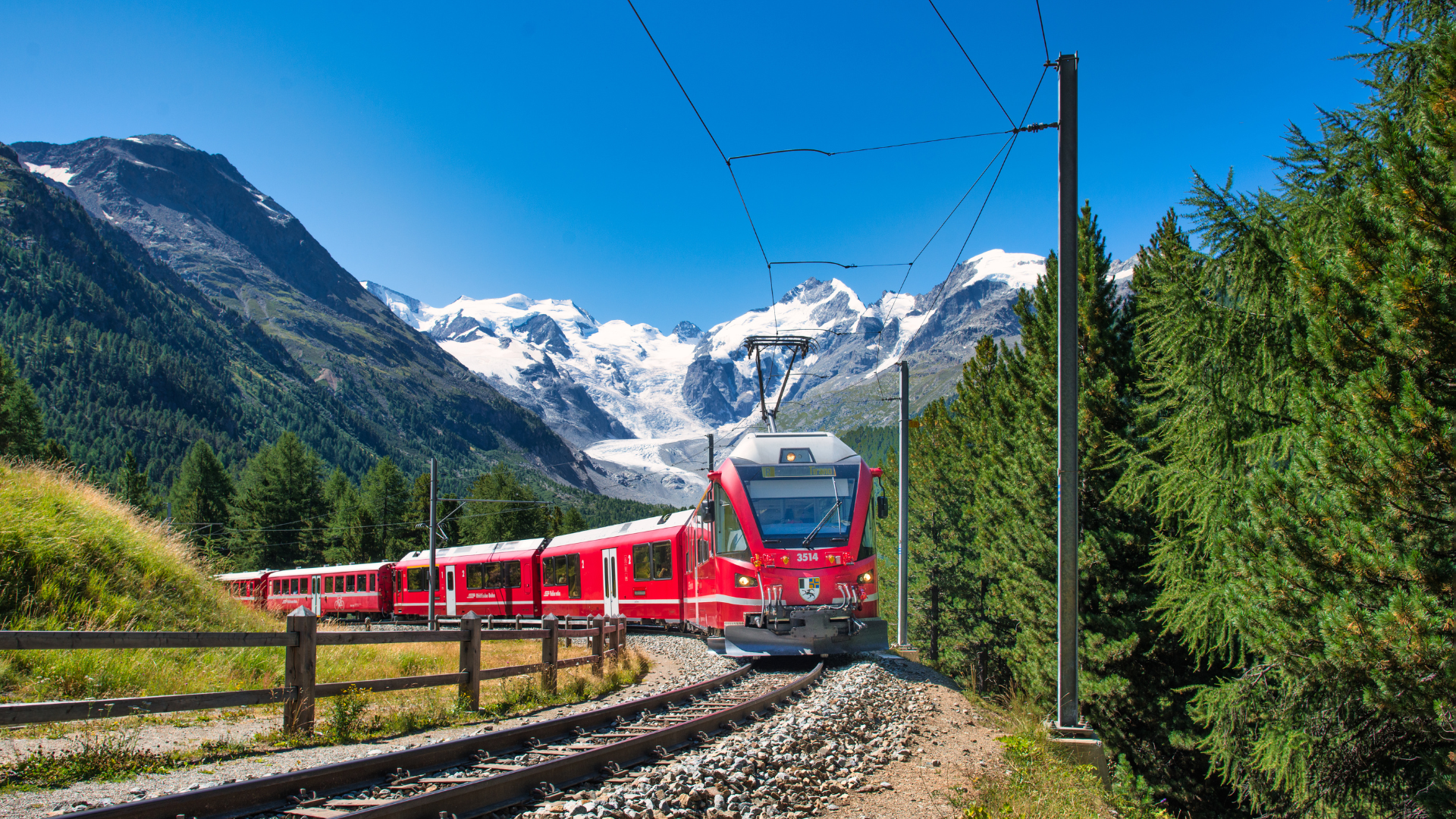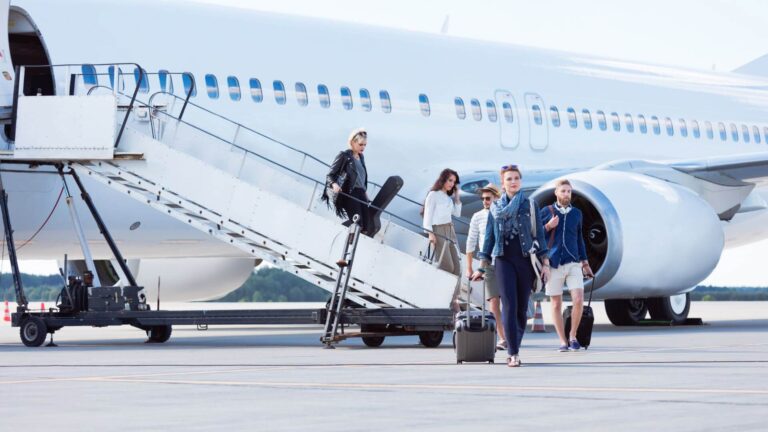Traveling across Europe by train is one of the most magical ways to see the continent. You get to enjoy beautiful scenery, diverse cultures, and historic cities, all without the hassles of flying or long bus rides. If you’re new to European rail travel, though, it can feel overwhelming. Don’t worry. This guide breaks it down step by step, helping you plan, navigate, and fully enjoy your train journey across Europe.
1. Why Choose Train Travel in Europe
Europe’s rail network is extensive and efficient. You can go from iconic capitals like Paris, Rome, and Berlin to charming small towns, often without changing trains. Comfortable seating, scenic routes, and fewer security hassles than airports make train travel appealing. Plus, it’s generally more eco-friendly. When you travel by train, you’re not just moving from A to B, you’re experiencing the journey itself.
2. Planning Your Route and Itinerary
Start with Destinations and Priorities
Before you book anything, think about what you want to see. Do you want to experience art in Florence, nightlife in Amsterdam, or mountain scenery in Switzerland? Use those interests to design a rough route. For first-timers, limiting your trip to one or two regions, like Western Europe or the Alpine area, usually works best to avoid travel fatigue.
Consider Travel Time vs. Time on the Ground
High-speed trains can zip you between cities in just a few hours, but don’t underestimate transit days. A midday train might mean losing a half-day of exploration. If possible, overnight trains can save you time and a night’s accommodation. Just be aware of comfort levels and luggage restrictions.
Plan a Realistic Pace
While it’s tempting to tick off a dozen countries, slower travel often leads to richer experiences. A good rule is to spend 2 to 4 nights in most destinations and allow at least half a day of travel between them.
3. Understanding Tickets, Passes, and Reservations
Point-to-Point Tickets
For a targeted route, like Paris to Amsterdam to Berlin, buying individual tickets is usually best. Compare prices via official national rail websites such as SNCF, Deutsche Bahn, or Trenitalia. Prices tend to be lowest when booked early but can rise as departure dates approach.
Rail Passes
Rail passes offer flexibility, especially for multi-country itineraries. They’re suited for up to three countries or pan-European travel. Still, passes aren’t always cheaper, particularly for just two or three point-to-point trips. Always do the math before opting for a pass.
Reservations and Seat Assignments
Some trains, especially high‑speed or overnight routes, require advance seat reservations even if you have a valid ticket. Pay careful attention to the small print when booking. Avoid last-minute surprises by reserving popular routes early.
4. How to Book Tickets
- Search national rail websites: They usually offer the best fares.
- Use mid-sized booking platforms: These may combine routes across countries.
- Book early: Charters like TGV and Eurostar often sell out.
- Check reservation requirements: Some budget central European trains let you board without assigned seating.
- Review cancellation policies: Flexible tickets cost more, but they’re worth it if your plans might change.
5. Packing Tips for Train Travel
- Use soft-sided luggage: Easier to store on trains.
- Travel light: Many stations have limited escalator and elevator access.
- Security essentials: Locks, anti-theft bags, and awareness in crowded trains.
- Light layers and a travel pillow: For overnight trips and chilly cars.
- Tech and entertainment: Bring headphones, spare batteries, and a portable charger.
6. At the Station and Onboard Insights
Before You Travel
Arrive 30 to 45 minutes early at large stations. Learn your platform, often announced only minutes before departure.
Boarding and Facilities
Find your coach and seat by checking the car and seat numbers on your ticket. Most long-distance trains offer Wi‑Fi and power outlets. Keep snacks handy, since station kiosks often have limited and pricey options.
Navigating Transfers
If you need to switch stations in a city, double-check that it’s not just the train platforms changing. For example, in Milan, trains to Switzerland depart from one station, while southern Italy routes leave from another.
7. Challenges and Drawbacks to Anticipate
- Language Differences: Signage and announcements are mostly in English on major routes, but may not be in smaller towns. Keep station names handy in the local language or use an app with translation.
- Punctuality Issues: While most trains run on time, local services, construction, or signal failures can cause delays. Always build buffer time into your schedule.
- Ticket Restrictions: Cheap fares are often non‑refundable and inflexible. Be prepared if plans change.
- Crowded Routes During Peak Seasons: Summer weekends or holidays can fill trains fast. Booking ahead and traveling midweek helps.
- Limited Night Service: Overnight routes exist but aren’t everywhere. Otherwise, consider day travel and a centrally located overnight stop.
8. Helpful Tips and Local Hacks
- Carry a reusable water bottle: Save money and reduce plastic waste.
- Download offline maps: Useful where Wi‑Fi or cell service is spotty.
- Choose seats wisely: Facing forward, table seats for meals and conversation, side seats if sleeping.
- Secure a couchette or sleeper compartment: Especially nice for long overnight rides.
- Keep euros and local currency: Some ticket machines and vendor kiosks don’t accept cards.
- Use railway lounges: For comfort, check if included in your pass or ticket class.
9. Inspiration: Top Train Journeys in Europe
- Paris to Zurich (TGV Lyria): About 4 hours with scenic Rhine views.
- Berlin to Prague (EC trains): Crosses historic countryside, around 4.5 hours.
- Rome to Florence (Frecciarossa): Just 1.5 hours between Italian gems.
- Munich to Vienna (railjet): High-speed comfort and cross-border ease.
- Swiss scenic routes: Bernina Express and Glacier Express for panoramic mountain views.
10. Budgeting Your Trip
- Save with advance booking: European trains often have fare tiers, with early bookings offering big savings.
- Use overnight trains: Instead of paying for beds and transit at your destination.
- Avoid airport trains: They charge more. Regular regional trains often cost less.
- Carry snacks: Train food can be expensive. Stock up before your journey.
- Watch out for hidden fees: Seat reservations, service charges, and baggage allowances may add up.
11. Final Words
Traveling Europe by train is an unforgettable experience. It mixes thrilling landscapes, city charm, and cultural richness. You’ll discover hidden places, forge connections with fellow travelers, and learn independence in a hassle‑free way. Despite small challenges such as reserved seating, language quirks, and occasional delays, planning ahead makes everything smoother. With this guide in hand, you’re ready to let the rails carry you on one of the most memorable journeys of your life.
Table of Contents
ToggleFrequently Asked Questions (FAQ)
1. Is it cheaper to buy a rail pass or individual tickets?
It depends on your route and travel frequency. Individual tickets can be cheaper for mostly direct trips. If you plan many stops or multi-country travel, a pass may offer more flexibility and value. Compare prices for your specific route before deciding.
2. Do I need to reserve seats on all European trains?
No. High‑speed, international, and overnight trains typically require advance reservations. Regional and some national trains usually don’t. Always check the booking rules for each ticket.
3. Can I bring my bike on the train?
Many trains allow bikes, mainly regional services. Bring a folding bike when possible. If you’re traveling in peak season, book a special bike reservation or check onboard space availability.
4. How early should I book tickets?
Generally, book 2 to 3 months ahead for best fares. Some train lines release tickets 3 to 6 months in advance, so earlier is better, especially for busy routes.
5. What if my train is delayed or canceled?
EU regulations protect rail travelers. If your train is delayed over one hour, you may be entitled to compensation. For cancellations, rail staff will help re-route you. Keep your ticket and any receipts.








